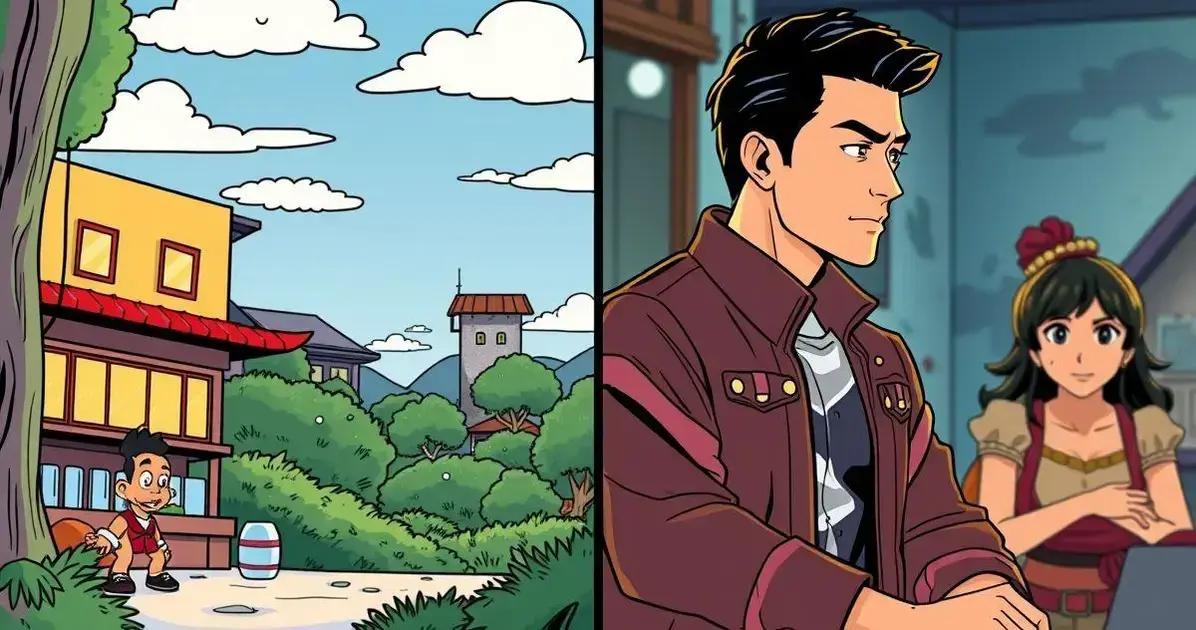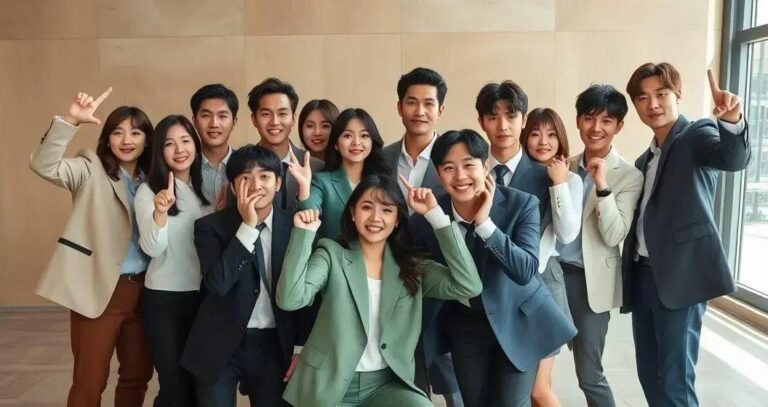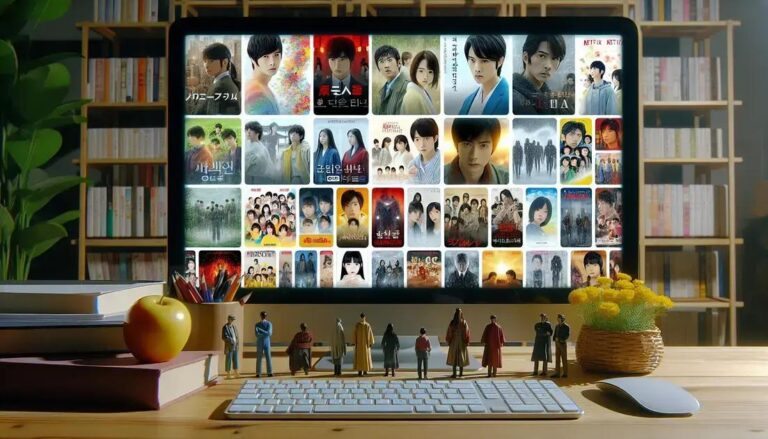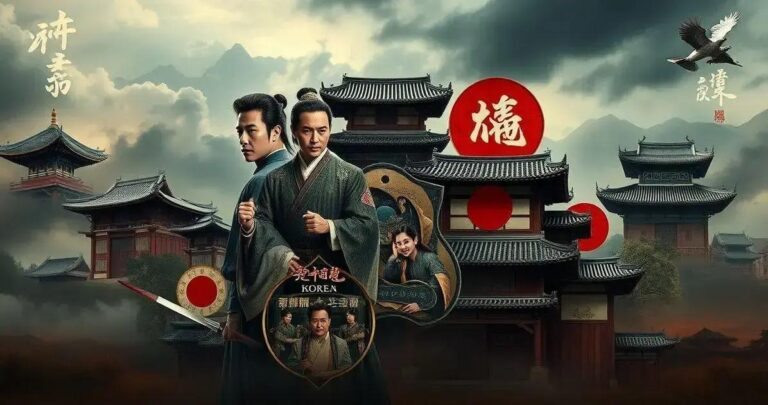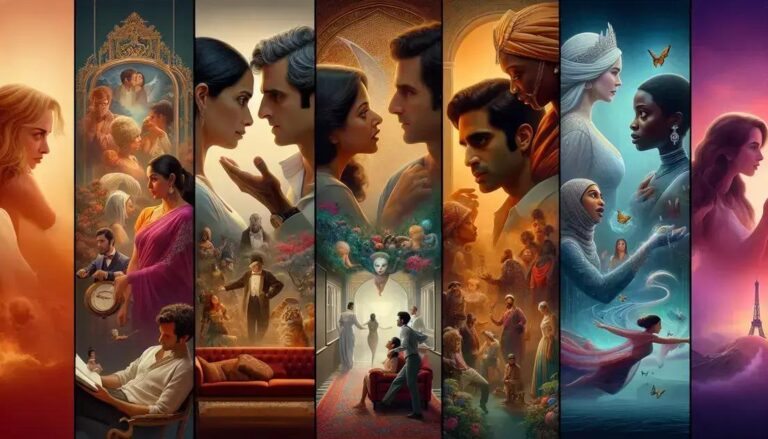Differences Between Webtoons and Their Adaptations into Dramas: A Closer Look
Anúncios
Webtoon to drama adaptations involve transforming digital comics into live-action narratives, requiring creative scriptwriting and character adaptation. These adaptations broaden the audience while maintaining the story’s essence, though they may evoke mixed reactions from original fans due to changes in storytelling and character portrayal.
**Differences between webtoons and their adaptations into dramas** have been a hot topic among fans. These adaptations often bring changes that affect the original storyline and characters. In this article, we will explore how these two forms of entertainment compare, focusing on storytelling, artistic styles, and audience engagement. Dive in to discover the fascinating dynamics between original webtoons and their drama counterparts.
Understanding Webtoons: A Unique Art Form
Webtoons are an innovative and unique form of digital art that have captivated audiences worldwide with their colorful graphics and engaging stories. Originating from South Korea, webtoons are designed for easy mobile viewing, which sets them apart from traditional comics and manga. They are usually published in a vertical scrolling format, making them perfect for smartphones and tablets.
Popularity and Accessibility
The accessibility of webtoons is a significant factor in their popularity. Many platforms offer free or low-cost options, allowing creators to reach a broad audience. This democratization of content has led to a vibrant and diverse range of stories and genres, catering to different tastes and preferences.
Creative Freedom and Expression
Webtoons provide creators with a high degree of creative freedom, enabling them to explore new themes and ideas without the restrictions often found in print publishing. The ability to interact directly with their audience allows for dynamic storytelling that can adapt to reader feedback.
The interactive elements, such as music and animation, often incorporated in webtoons, enhance the reading experience and draw more engagement. This multimedia approach sets webtoons apart as not just a comic, but a unique art form that combines various elements of entertainment.
The burgeoning industry of webtoons has paved the way for adaptations into other media, notably dramas, expanding their reach and impact. Understanding their distinctive qualities is crucial when comparing them with their drama adaptations.
How Dramas Adapt Stories from Webtoons
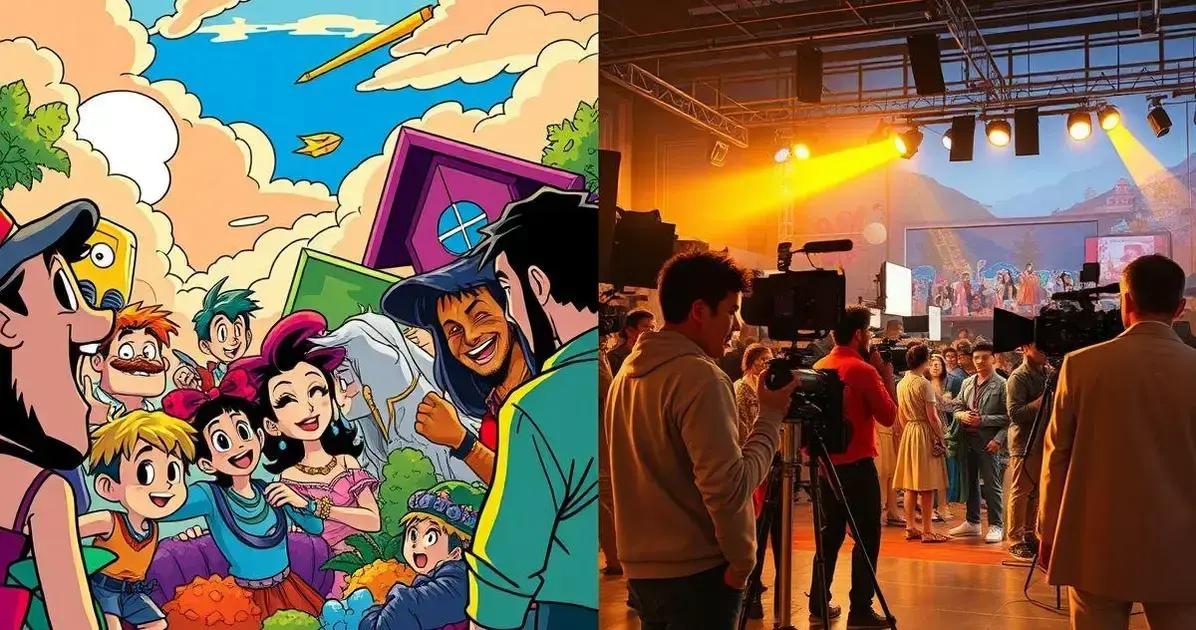
Adapting webtoons into dramas involves a creative and complex process that transforms the digital comic panels into live-action scenes. This requires careful selection of elements that will resonate with viewers, such as pivotal plot points and character development arcs.
Choosing the Right Webtoon
The first step in adaptation is selecting the right webtoon. Producers look for stories with strong fan bases and narratives that can sustain multiple episodes. They also assess whether the webtoon’s themes and tone can be translated into a more realistic setting.
Scriptwriting and Character Adaptation
Once a webtoon is selected, scriptwriters adapt the dialogue and events for live-action storytelling. This may involve adding new scenes or modifying existing ones to fit the format and pacing of a drama. Character adaptation is crucial; actors must embody the essence of webtoon characters while bringing nuances suitable for TV audiences.
Visual transition is another critical aspect. Directors and designers aim to capture the unique style and atmosphere of the original webtoon through set design and cinematography. Innovative techniques are often used to recreate the artistic style and mood of the source material.
The adaptation process also considers the expectations of the webtoon’s existing fan base, aiming to honor the original while introducing elements that appeal to a broader television audience. This balancing act can significantly impact the drama’s success.
Key Differences in Storytelling and Character Portrayal
In adapting webtoons to dramas, storytelling changes significantly. Webtoons often use cliffhangers at the end of each episode to maintain reader interest, whereas dramas follow a more traditional arc structure with rising action, climax, and resolution in each episode.
Pacing and Narrative Style
The pacing in webtoons is generally quicker as they cater to short, engaging reads. In contrast, dramas extend plotlines to fill hour-long episodes, which can lead to plot expansion or additional subplots that were not present in the original webtoon.
Character Depth and Development
Character portrayal is another area where significant differences can occur. Webtoons rely heavily on expressive art to convey emotions and personality, while dramas must adapt these expressions through actor performance and dialogue. This shift often results in expanded backstories or more nuanced character development to resonate with a TV audience.
The dialogue in webtoons is concise, given the limited space for text in each panel, whereas drama scripts have more flexibility to explore conversations deeply. This format shift can either enhance or dilute the charm of the original characters, depending on execution.
Setting and visual presentation also adapt, as the vibrant and exaggerated worlds depicted in webtoons are tailored for a realistic drama setting. Despite these changes, both webtoons and dramas strive to stay true to the core themes and messages of the story.
The Impact of Adaptations on Original Webtoon Fans
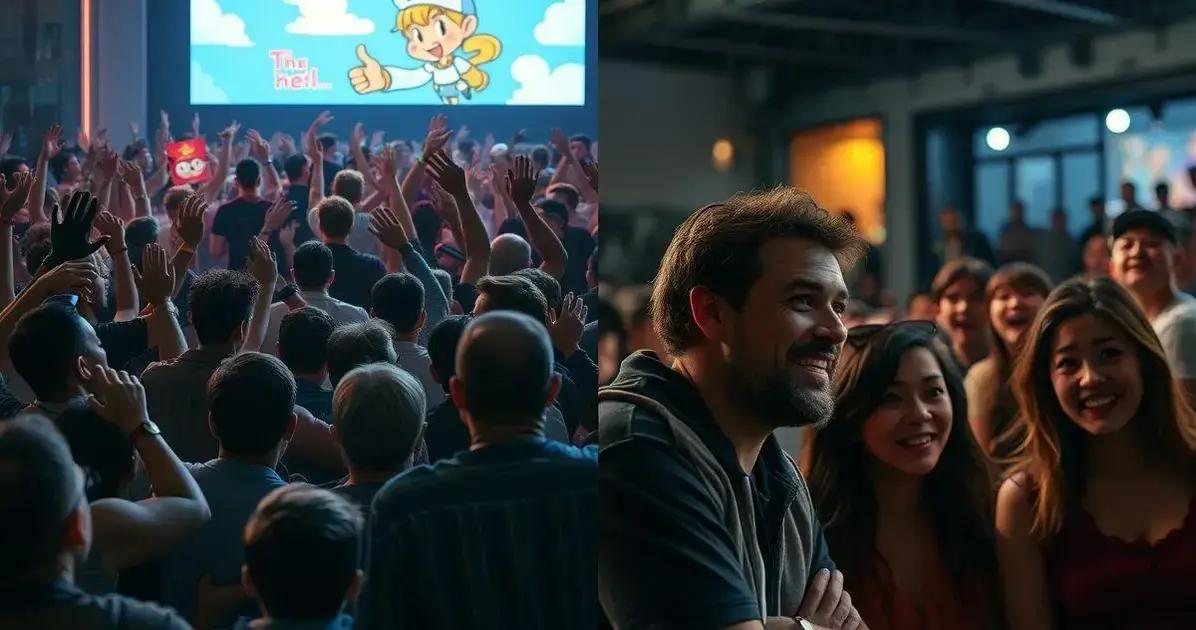
Adaptations of webtoons into dramas can have a profound impact on their original fan base. Fans are often emotionally invested in the characters and storylines, having engaged with the webtoon episodes over time. When these stories are adapted into a new medium, expectations run high, and the adaptations must strike a balance between creativity and fidelity to the source.
Expectations vs. Reality
Fans anticipate seeing beloved characters and pivotal scenes brought to life. However, when adaptations diverge significantly from the original plot or character portrayals, it can lead to disappointment and mixed reactions. Changes in character dynamics or omissions of popular plot lines are often sources of debate among fans.
Community Reactions and Discussions
The release of a drama adaptation often spurs lively discussions among fans. Online communities and social media platforms buzz with critiques, reviews, and fan theories comparing the adaptation to the webtoon. These discussions reflect the collective investment of the fan base and can influence the perception and popularity of the adaptation.
Despite these challenges, successful adaptations can expand the fan base and introduce the story to new audiences who might not have explored the webtoon. This broader exposure often leads to increased readership for the original webtoon, amplifying its reach and impact.
Exploring the Dynamics of Webtoon to Drama Adaptations
Webtoon adaptations into dramas offer a new dimension to storytelling, bringing beloved tales to an even wider audience. These adaptations can highlight the creativity of transforming art from digital panels to live-action sequences.
The journey from webtoon to drama involves changes in storytelling and character portrayal to align with different media formats. Despite these changes, the core essence of the story strives to remain intact.
Fans’ reactions can be mixed, but successful adaptations create opportunities for stories to thrive across new platforms, expanding their reach. The symbiotic relationship between webtoons and their drama counterparts continues to evolve, promising exciting narratives for old and new fans alike.
As we continue to see these adaptations flourish, it’s clear that both mediums offer unique contributions to the world of entertainment, each enriching the other in its way.
FAQ – Frequently Asked Questions about Webtoon and Drama Adaptations
What makes webtoons unique compared to traditional comics?
Webtoons are distinctive for their vertical scrolling format, designed for smartphone use, which sets them apart from traditional comics and manga.
How do dramas adapt webtoon stories for TV?
Adaptations involve script and character changes, expanding narratives to fit hour-long episodes, and transforming art styles to suit live-action settings.
What challenges do webtoon adaptations face?
Challenges include staying true to the original plot and characters while adapting to a realistic setting and satisfying both original fans and new viewers.
How do adaptations impact the original webtoon audience?
Adaptations can evoke mixed reactions from fans. While some appreciate the new format, others may be critical of changes in storylines and character portrayals.
Can adaptations increase webtoon popularity?
Yes, successful adaptations can draw new audiences to the original webtoon, expanding its fan base and enhancing its popularity across different media.

